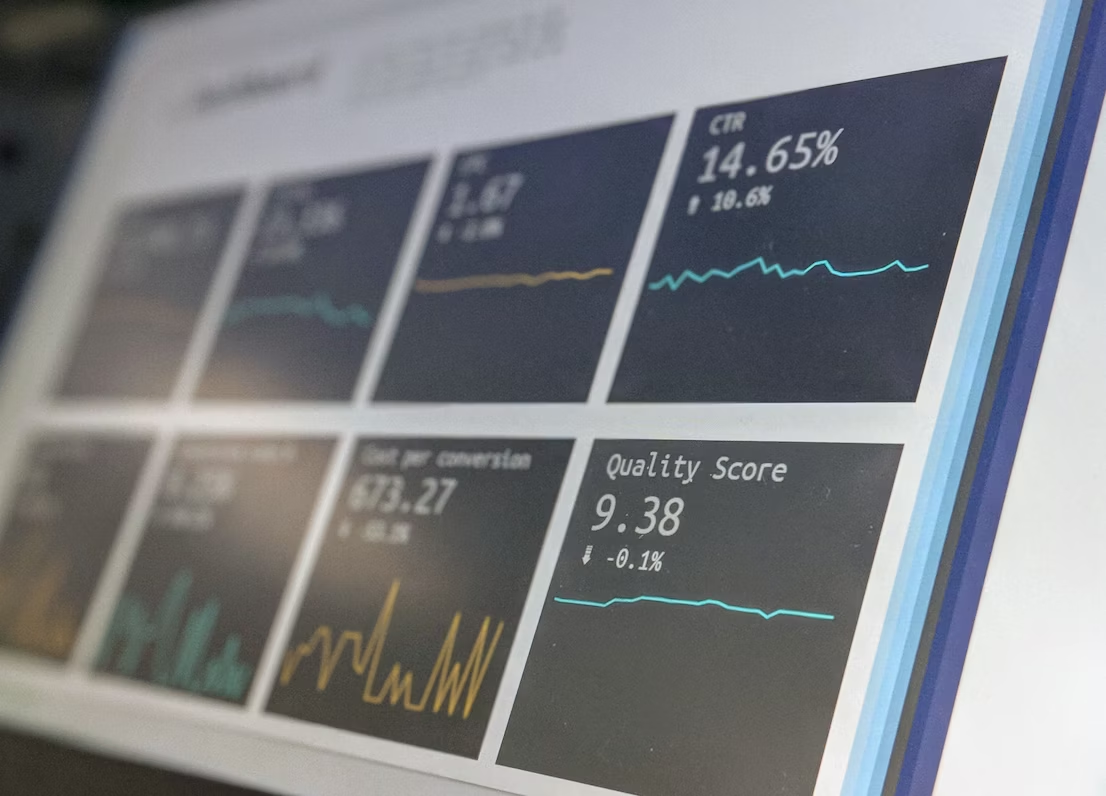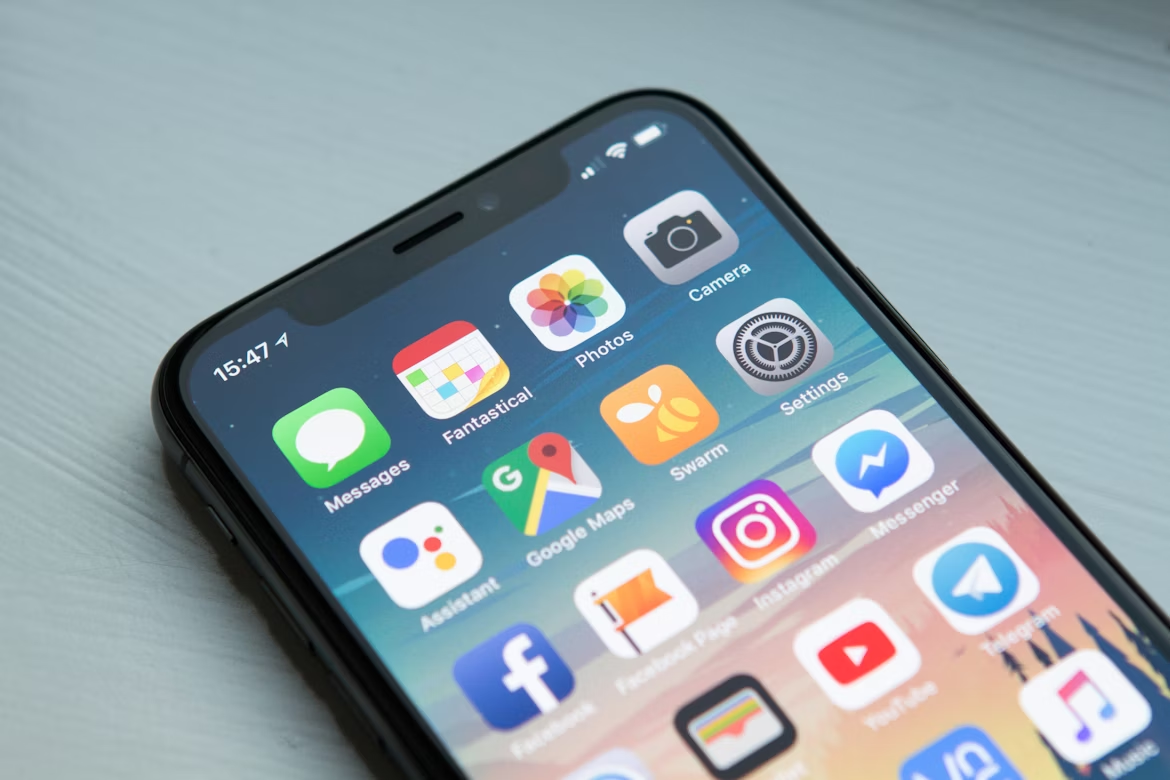Introduction
Subtitles and surtitles are two types of text displays used to convey dialogue, lyrics, or narration during visual media like movies, TV shows, operas, and plays. While they serve a similar function of communicating the audio portion in written form, there are some key differences between the two.
Subtitles specifically refer to text captions displayed at the bottom of a screen that transcribe the spoken dialogue or narration. They are commonly used for translating content into other languages or assisting viewers who are deaf or hard of hearing.
Surtitles are supertitles projected above a stage or screen, used primarily in opera houses and theaters to translate lyrics and dialogue for the audience during a performance. Unlike subtitles fixed on the screen, surtitles are displayed separately from the visual media and can be positioned for optimal viewing.
While subtitles and surtitles both aim to aid comprehension and accessibility, their usage, creation process, and impact differ given their distinct roles in various media formats. Examining their histories and purposes provides insight into these two important text solutions for making entertainment and information accessible.
What are Subtitles?
Subtitles are text versions of the dialogue in films, TV shows, or other video content, displayed at the bottom of the screen. They are used to translate the audio into the language of the viewer, making content accessible to those who don't speak the original language.
Subtitles first emerged with the rise of "talkies" in the 1920s and have become a standard feature of most video entertainment. They display the dialogue line-by-line in sync with the audio, along with descriptions for relevant sounds like [gunshots] or [tense music]. Subtitles are essential for the deaf and hard of hearing, and also allow content to reach broader international audiences.
With the growth of global streaming services like Netflix, the use of subtitles has expanded dramatically. Many viewers now choose to watch content in their native language rather than dubbed. Subtitles are also enabled by default on many platforms for accessibility. The technology to create and display subtitles has improved enormously, allowing near-instant translation. While once seen as a distraction, subtitles are now a normalized and crucial part of the viewing experience worldwide.
What are Surtitles?
Surtitles are a translation tool used in opera and theater productions to display lyrics, dialogue, and other relevant text above the stage, so the audience can follow along even if they do not speak the language being performed.
Theatre captions were pioneered in the 1980s as a way to make opera more accessible to broader audiences. Opera performances are typically sung in their original language, which poses a barrier for viewers unfamiliar with that language. Theatre subtitles solve this problem by projecting translations above the stage in real-time during the performance.
In an opera house, surtitles are displayed on small screens on the back of seats or above the proscenium (the arch framing the stage). In theaters, they may be projected above the stage itself. Surtitles scroll through the libretto, translating lyrics line-by-line. They are similar to subtitles you would see in a foreign film, but delivered live in sync with the singing or dialogue.
Beyond opera, surtitles are now used for many theater productions to aid comprehension. Whether it's a musical, play, or other type of performance, surtitles can display translations when multiple languages are used on stage. They help audiences understand dialogue and lyrics, enriching the theater experience.
Key Differences
Subtitles and surtitles have several key differences despite both displaying text for audiences. The main differences are:
Placement
- Subtitles are placed at the bottom of the screen, while surtitles are projected above a stage. Subtitles don't obstruct the visuals on a screen. Surtitles can partially overlay a stage production.
Language
- Subtitles translate dialogue or narration into another language. Surtitles display lyrics, dialogue, and other text in the original language.
Audience
- Subtitles help viewers who are deaf or hard of hearing, or non-native speakers of the audio language. Surtitles aid opera, theater, or dance audiences in following lyrics and dialogue.
Technology
- Subtitles are embedded into media like TV, DVDs, and online videos. Surtitles use projection equipment and software (like Captitles) to display live text synced to a performance.
Subtitles History and Usage
Subtitles have been used in various forms for over a century to help audiences understand dialogue and narration in films, TV shows, and other video content.
The earliest use of subtitles dates back to silent films in the early 1900s. Intertitles or title cards containing dialogue and descriptions were inserted between scenes due to the lack of synchronized sound. This allowed audiences to follow the story and understand character interactions.
With the rise of "talkies" and sound films in the late 1920s, subtitles took on a new role - translating dialogue into other languages. They became essential for distributing American films to international audiences.
The advent of television in the 1950s significantly expanded the use of subtitles. TV programs and films needed subtitling to reach larger audiences, including the deaf and hard of hearing community. Closed captions were also developed as an assistive tool.
The home video market starting in the 1970s further increased the subtitling needs for VHS and Betamax tapes. People could now watch subtitled content at home.
Most recently, the rise of streaming and on-demand video has made subtitles ubiquitous. Major streaming platforms provide subtitles and closed captions for their extensive libraries. Subtitles allow content to be accessible worldwide.
Overall, subtitles have evolved from their origins in silent film to become an essential, expected component of modern video content and distribution. Their usage continues to grow.
Surtitles History and Usage
Surtitles were first developed in the 1980s specifically for opera performances. Opera combines dramatic acting and staging with classical singing in different languages like Italian, German, and French. For audiences unfamiliar with those languages, surtitles were created to display translations of the lyrics being sung on stage.
Surtitles allow the audience to follow along with the narrative and emotional arc of the opera by understanding the literal meaning behind the vocals. While subtitles translate dialogue, surtitles focus solely on translating lyrics during songs and musical numbers.
Beyond opera, surtitles are now commonly used in theaters for musicals, plays, and other theatrical performances that incorporate music and singing. They serve the same essential purpose - letting audiences understand lyrics in the moment without distracting from the overall performance.
Surtitles have opened up opera, musical theater, and other lyrical performances to wider audiences. People who do not speak other languages can now fully appreciate these artforms. Surtitles help convey emotion and meaning behind songs in productions worldwide.
Surtitles Creation and Display
Surtitles are created from the script for the opera, play, or performance. The surtitle text follows the dialog, lyrics, and cues in the performance. Surtitles are displayed above the stage, projected onto dedicated surtitle display systems. These systems allow the text to be shown live in sync with the performance on stage.
The surtitle operator has a script and cues for when to display each text segment during the performance. This requires precise timing and coordination with the show. The text is shown on one or two display screens that the audience can easily see from their seats. The screens are placed along the front edge of the upper balcony or box seating area.
Modern surtitle systems allow the text to be displayed on small individual seat displays as well. The surtitle text is shown in the language of the audience, while the audio is performed in its original language. This allows the audience to understand the full meaning and context of the performance. Surtitles enrich the audience's experience for operas, plays, and other performances in foreign languages.
Impact on Audience
Subtitles and surtitles both serve to aid audience comprehension and enjoyment of productions, but in different ways.
Subtitles are essential for deaf and hard-of-hearing (HoH) viewers, providing access to dialogue and sounds. They also benefit people learning a new language, allowing them to connect audio and written text. Studies show subtitles boost language acquisition, vocabulary growth, and reading skills for language learners. Thus, subtitles make content more accessible and inclusive.
Surtitles specifically help opera and theater audiences follow the story. Operas are often in foreign languages like Italian or German, while theatrical dialogue can be difficult to discern from a distance. Surtitles display translations and summaries above the stage, enabling patrons to understand the narrative and dramatic arc. This allows them to better appreciate the music, singing, costumes, sets, and overall performance. Surtitles are now common practice for opera companies and theaters globally.
Both subtitles and surtitles ultimately aim to remove barriers to enjoying stage productions. Subtitles aid those with hearing differences or language challenges. Surtitles assist audiences across the board in following sophisticated plots and foreign lyrics. Without these technologies, many patrons would struggle to fully engage with the art form. Their impact allows more people to be moved by the power of live performance.
Future Developments
The future looks bright for both subtitles and surtitles. As streaming video continues to grow globally, the need for subtitles in more languages will also expand. More shows and movies will require subtitles not just in the native language, but a wide variety internationally.
Surtitles are also spreading to more productions as audiences become accustomed to having the sung texts displayed. Operas and musicals that were previously performed without surtitles are now adding them as standard practice. Even large-scale concerts and theatrical performances are experimenting with projected lyrics and translations.
New technologies will lead to advances and improvements in subtitles and surtitles. Machine translation and AI will enable faster, higher-quality subtitle creation. Augmented reality glasses may one day be able to provide personalized subtitles and translations right in the wearer's field of vision. Overall, the viewing experience for audiences will become more customizable and inclusive.
Both subtitles and surtitles have come a long way from their origins, but their usefulness and impact continue to grow. As media becomes more global and technology more immersive, we can expect these text displays to play an even greater role in connecting audiences with entertainment.









